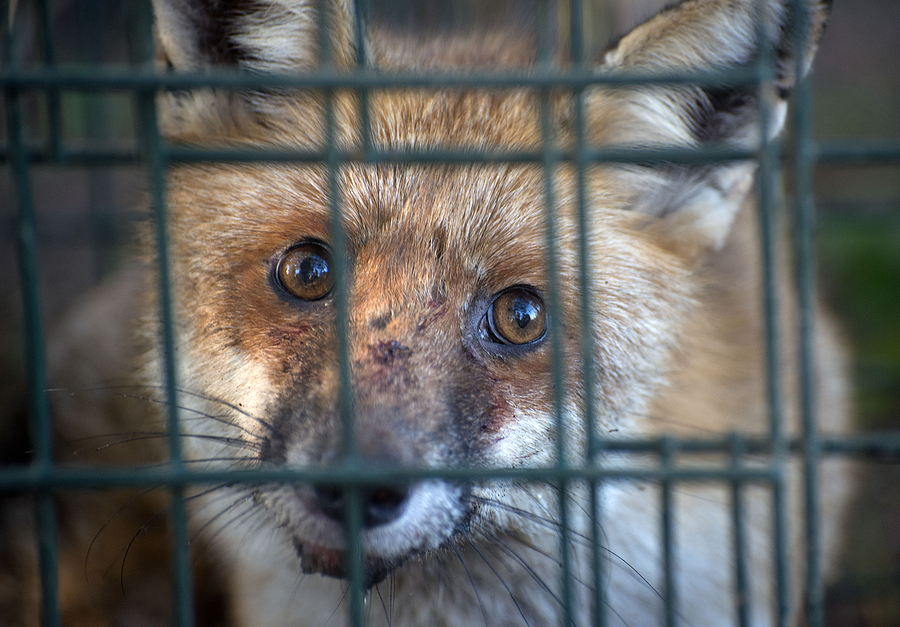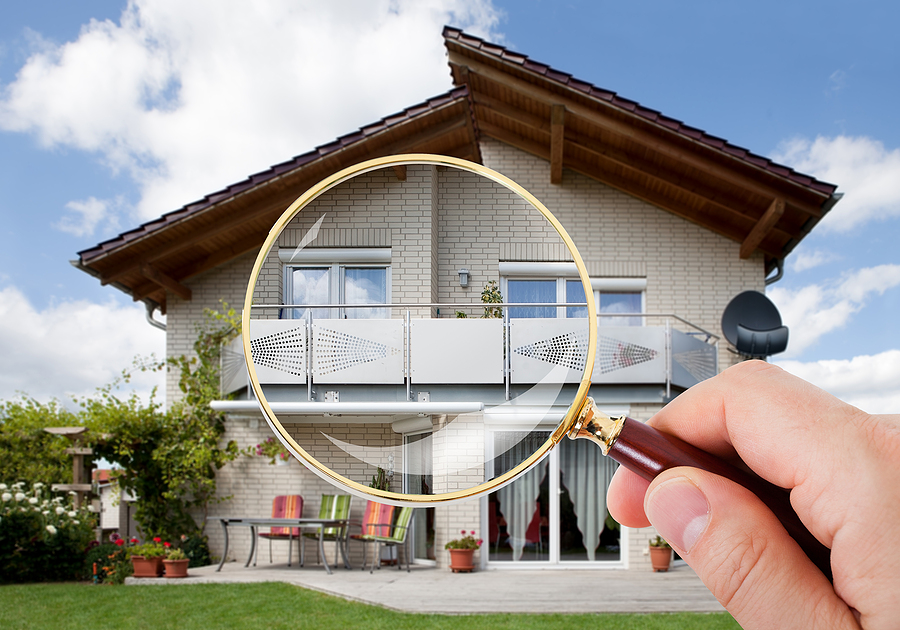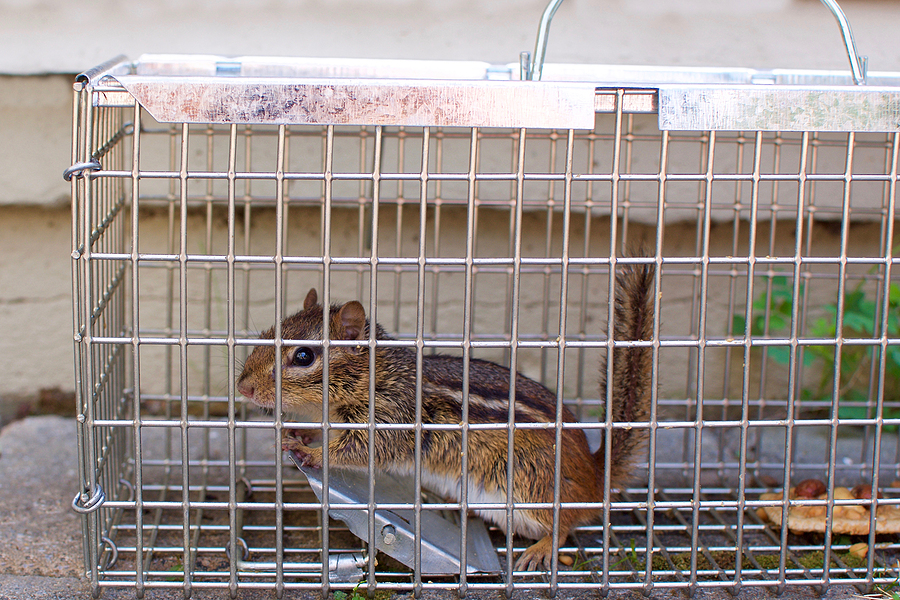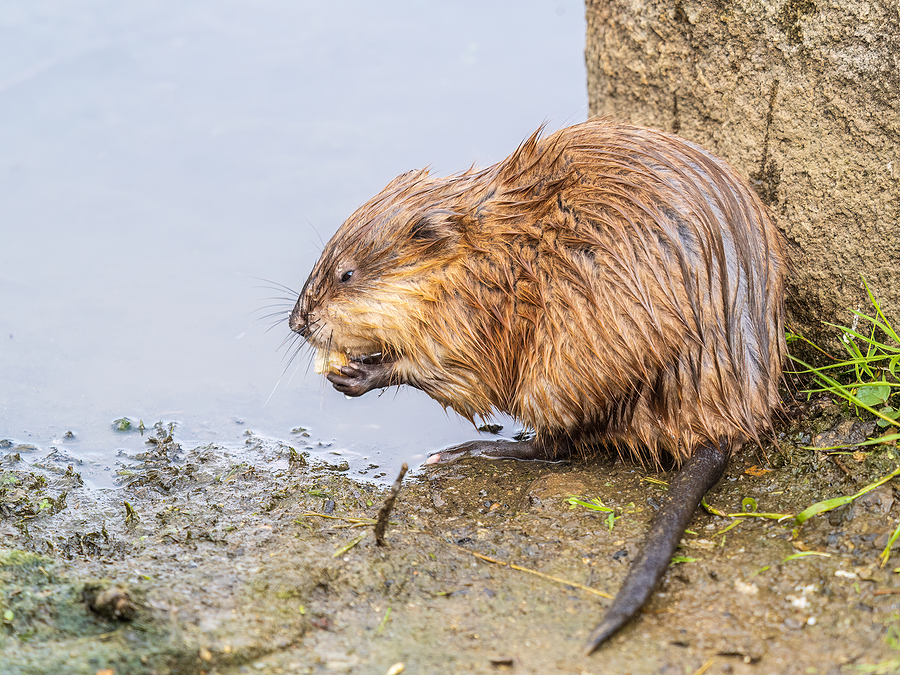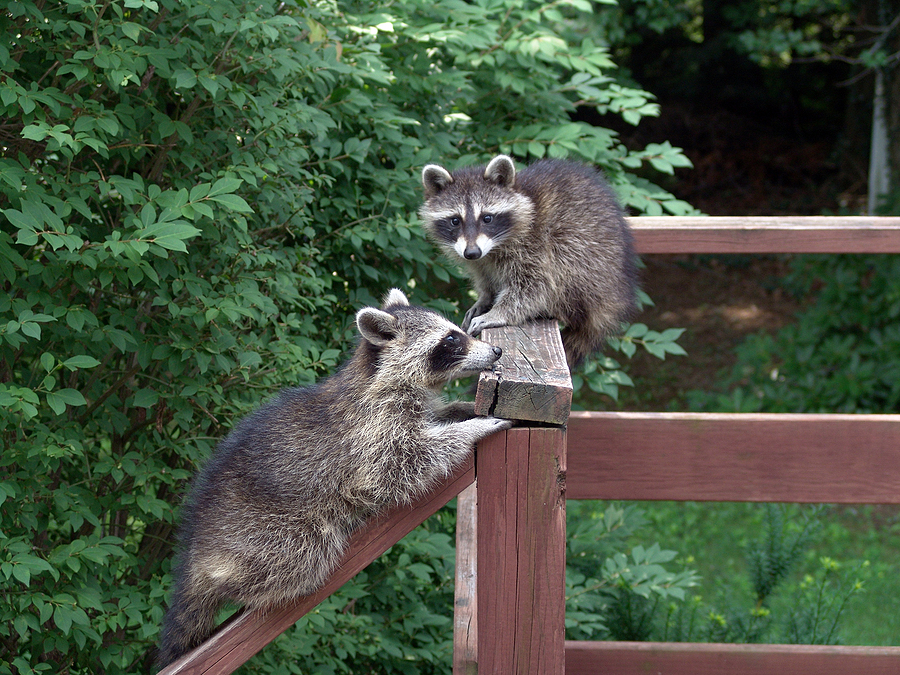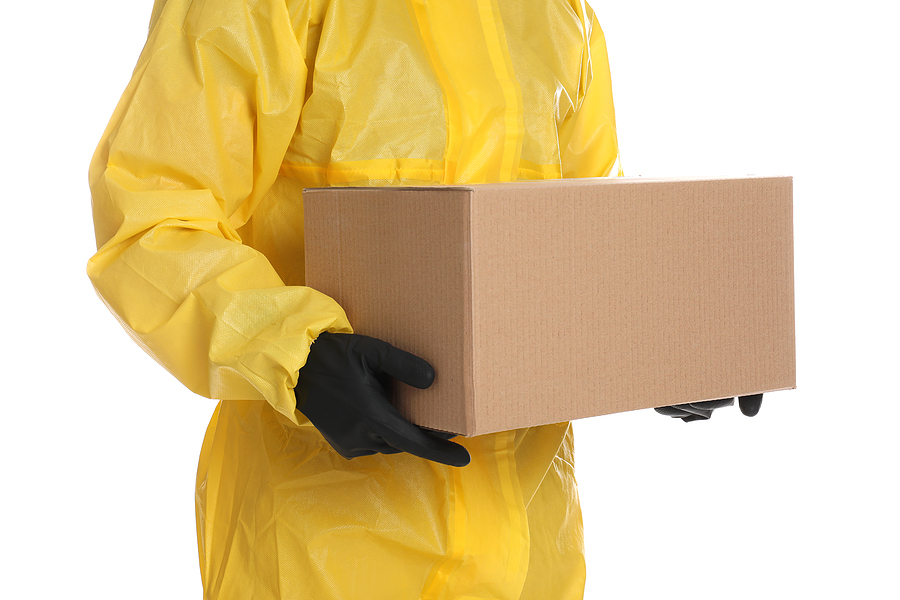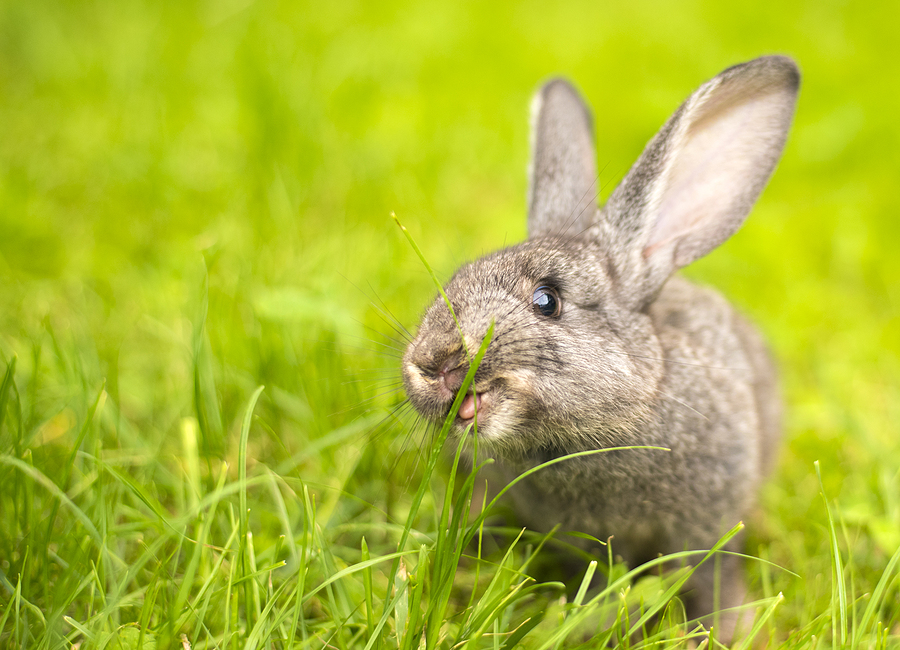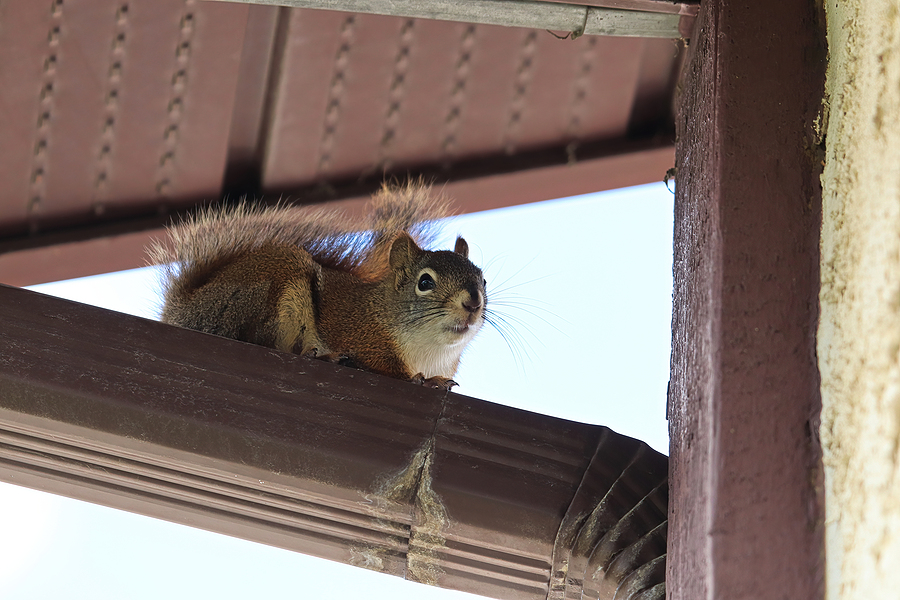Nashville, Tennessee, known for its vibrant culture and beautiful landscapes, is also home to diverse wildlife. While these creatures enrich our environment, they can sometimes invade residential areas, causing disturbances and potential damage.
In this blog post, we’ll explore how a professional wildlife removal company can effectively help keep your Nashville home free of unwanted guests. We’ll delve into the various methods these experts use to ensure animals are safely and humanely removed from your property, preventing potential damage and health risks.
Additionally, we’ll discuss the benefits of using experienced professionals compared to DIY solutions, highlighting the peace of mind that comes from knowing your home is protected by skilled and knowledgeable specialists. Let’s get started!

The Role of Wildlife Removal Companies
Whether it’s raccoons rummaging through your trash or bats nesting in your attic, these uninvited guests can quickly become a headache. Addressing wildlife infestations promptly is crucial for maintaining a safe and comfortable living space. Ignoring these nuisances can lead to more significant problems down the line. If left unchecked, wildlife intrusions can result in property damage, health risks, and a compromised sense of safety in your home. Quick and effective action is necessary to prevent these issues from escalating.
Professional wildlife removal companies offer specialized services to tackle these intrusions effectively. They are equipped with the knowledge and tools necessary to manage various wildlife-related challenges. From identifying entry points to executing humane removal strategies, these experts play a vital role in maintaining the balance between humans and wildlife.
One of the significant benefits of hiring a wildlife removal company is ensuring that animals are removed safely and humanely. These professionals use techniques that prioritize the well-being of both the residents and the wildlife. By opting for expert assistance, homeowners can avoid the risks associated with handling wildlife on their own.
Common Nuisance Wildlife and Their Behaviors
In Nashville, several animals are renowned for causing trouble in residential areas. Raccoons, with their dexterous paws, can easily raid garbage cans and enter attics. Squirrels often seek shelter in homes, chewing through insulation and wiring. Bats, while beneficial in many ways, can cause distress when they roost in large numbers.
Skunks, known for their unpleasant spray, and opossums, which can carry diseases, are other common nuisances. Yard moles are notorious lawn and garden destroyers, and challenging to get rid of without professional intervention. Birds might not always be harmful, but their presence indoors can still be alarming. Beaver dams and muskrats can destroy waterways and riverbanks. Understanding these behaviors helps homeowners recognize and address potential issues early.
Health and Safety Risks
Wildlife infestations bring a host of health risks. Animals like raccoons and bats can carry rabies, posing a direct threat to humans and pets. Fleas, ticks, and other parasites that accompany these animals can spread diseases such as Lyme disease and hantavirus.
Direct contact with wildlife should be avoided to prevent injury and illness. Attempting to remove these animals yourself can lead to bites, scratches, and exposure to harmful pathogens. Prioritizing professional intervention ensures the safety of your household.
What to Expect From the Animal Removal Process
Wildlife removal companies follow a meticulous process to ensure efficient and ethical removal. First, they conduct a thorough inspection to identify the type of wildlife and the extent of the infestation. This assessment allows them to develop a tailored plan for removal.
Next, professionals employ humane methods to capture and relocate the animals. Traps, exclusion devices, and deterrents are used, all while ensuring minimal stress to the wildlife. Post-removal, they seal entry points and provide recommendations to prevent future invasions.
Prevention and Exclusion Techniques
Preventing wildlife infestations is as important as removing them. Wildlife removal and control services offer valuable advice on habitat modification and exclusion techniques. Simple measures like securing trash bins, trimming tree branches near your home, and sealing cracks can deter animals from entering your property.
Wildlife-proofing your home is an investment in long-term peace of mind. By taking proactive steps, you reduce the chances of dealing with wildlife-related issues in the future. Experts can help implement these changes, ensuring that your home remains a sanctuary from unwanted intruders.
Final Thoughts
Hiring a professional wildlife removal company offers numerous benefits for homeowners in Nashville. These experts not only remove nuisance animals safely and humanely but also provide guidance on preventing future infestations. By prioritizing wildlife control, you protect your property, health, and peace of mind.
Don’t wait for wildlife nuisances to disrupt your home. Reach out to a reputable wildlife removal company today and take the first step toward a wildlife-free living environment. Your home should be a haven, free from the disturbances of uninvited guests.
Are you ready to reclaim your home from unwanted wildlife intruders? Don’t let nuisance animals disrupt your peace of mind any longer. Contact Budget Animal Removal at 615-337-9165 for TWRA licensed and insured wildlife removal and control services in Nashville, Tennessee. We also work with commercial properties and provide infestation cleanup and repair.
Related Posts:
How to Protect Your House From Nuisance Wildlife in Tennessee
Common Household Ingredients That Will Repel Nuisance Wildlife
What To Do if You Find a Dead Animal in the Yard

